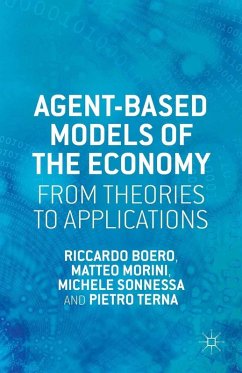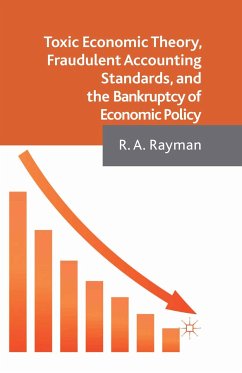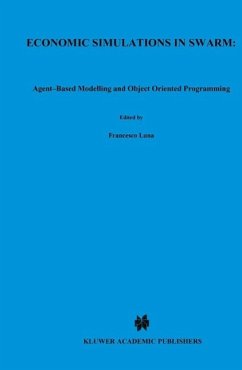
Agent-based Models of the Economy (eBook, PDF)
From Theories to Applications
Versandkostenfrei!
Sofort per Download lieferbar
96,95 €
inkl. MwSt.
Weitere Ausgaben:

PAYBACK Punkte
48 °P sammeln!
Agent-based models are tools that provide researchers in economic fields with unprecedented analytical capabilities. This book describes the power of agent-based models along their methodology, and it provides several examples of applications spanning from public policy evaluation to financial markets.
Dieser Download kann aus rechtlichen Gründen nur mit Rechnungsadresse in A, B, BG, CY, CZ, D, DK, EW, E, FIN, F, GR, HR, H, IRL, I, LT, L, LR, M, NL, PL, P, R, S, SLO, SK ausgeliefert werden.












